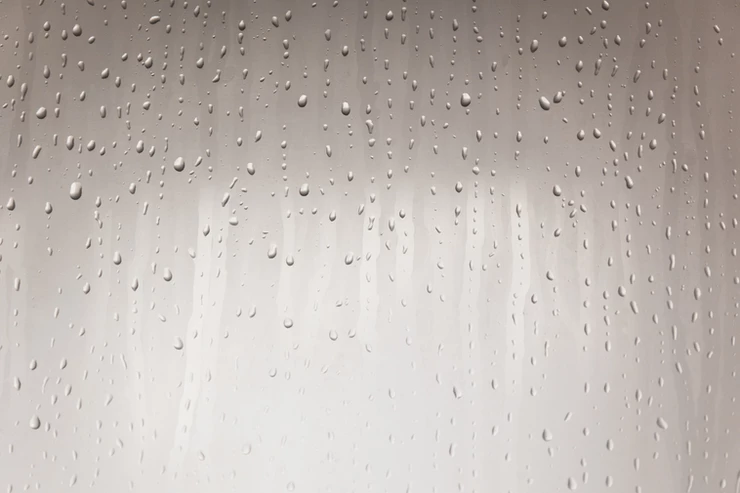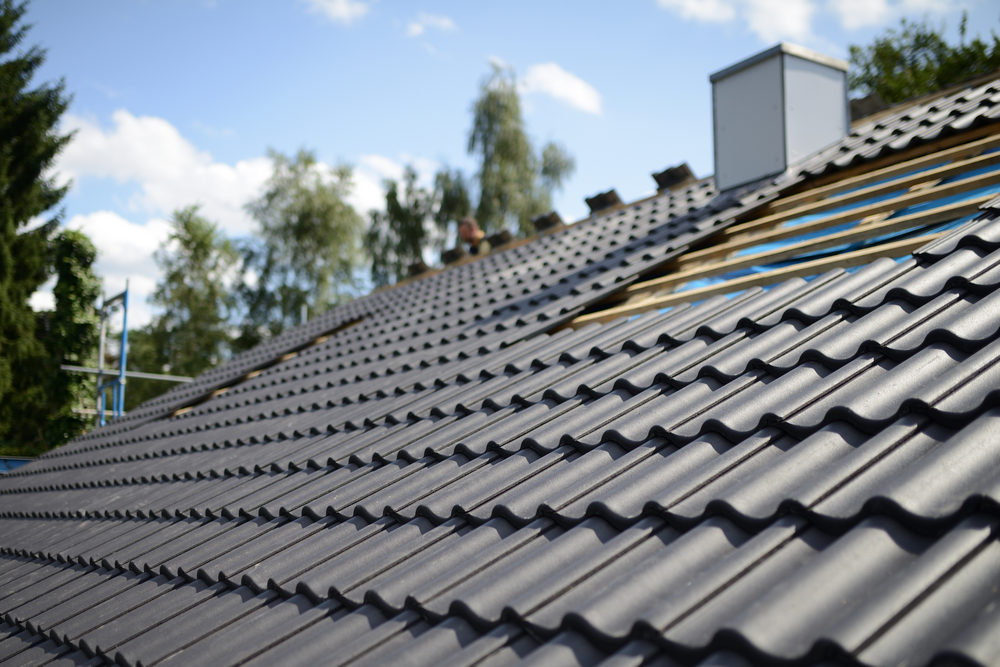Window condensation can be frustrating. While it is a good indicator of high humidity levels, you can help reduce window condensation with these tips.
Window condensation can be frustrating. And left untreated, recurring condensation can lead to long-window damage. Keep windows operating properly and reduce internal and external condensation with these tips.
Tips for Reducing Internal and External Window Condensation
It’s not fun to peer through hazy windowpanes caused by interior or exterior window condensation. Window condensation frequently occurs when there are significant differences in the air temperature outside and the temperature of the glass. While both interior and exterior window condensation can be irritating to homeowners, unaddressed interior condensation is more likely to lead to long-term problems. Luckily, interior and exterior window condensation is not a sign of a faulty window, and there are many ways you can reduce the condensation in your home.
Condensation on the Inside of Windows
Because glass surfaces are usually some of the coldest parts of your home, condensation appears on windows first. This is generally in the form of water droplets or frost on the interior of your window. As interior air becomes drier or as the glass surface becomes warmer, condensation begins to evaporate.
What causes interior window condensation?
Condensation on the interior of windows and doors occurs when warm air comes into contact with cool glass. This is especially common in colder months, when indoor air is warmer and more humid and outdoor air tends to be cold and dry. Even if you aren’t running a humidifier, everyday activities like bathing, cooking and even breathing all contribute to the humidity in your home.
Replacing drafty windows and doors or installing a new roof or siding reduces air infiltration into your home, making a tighter seal. This tighter seal is great news for your energy costs, but a tightly-sealed home also retains more humidity, which means condensation on colder surfaces in the home may occur more frequently after these improvements. Persistent indoor window condensation can lead to the growth of mold or mildew, which thrive in damp environments and organic materials, like wood. Think of condensation on your windows as an indicator to reduce the humidity in your home before bigger issues occur.
How can I reduce interior window condensation?
There are a number of ways you can cut down on the humidity you create in your home. Some ways to reduce air moisture include using a portable dehumidifier or installing a whole-home dehumidifier. When you’re cooking, cover pots and pansin an effort to keep excess humidity contained and be sure to run the kitchen exhaust fan while cooking. The same goes for bathroom fans. Leaving the bathroom fan on during and after a shower will help circulate humid air out of your home. Lastly, leaving interior doors open will help allow good air circulation, so humidity doesn’t build up in one space.
Condensation on the Outside of Windows
Exterior condensation generally occurs in the summer months when exterior humidity levels are higher. Exterior window condensation forms in the same way as roomside condensation when the temperature of the glass is cooled and comes into contact with that warm, humid air. Exterior window condensation is not a reason to worry. In fact, it’s generally a good indicator of an efficient window.
What causes exterior window condensation?
When your window glass is colder than the dew point outside, you’re likely to see condensation, or dew, on the exterior of your window. Dew occurs naturally when the air becomes completely saturated with water. There are three main conditions that cause exterior window condensation: high outdoor humidity, little or no wind, and a clear night sky. Homeowners are more likely to see exterior window condensation early in the morning after a cool night. As the sun shines and begins to warm up the glass, the dew on the outside of your windows will evaporate.
How can I reduce exterior condensation?
To combat exterior condensation, open window coverings at night to warm up exterior glass. You can also trim shrubbery near windows or doors as this will help promote air circulation. Raising the temperature setting on your air conditioner may also help keep your window glass at a warmer temperature.
If you think it might be time to replace or upgrade the windows in your home, contact your local Genesis window representative to schedule a complimentary, in-home consultation to discuss the solutions that might be right for you.





